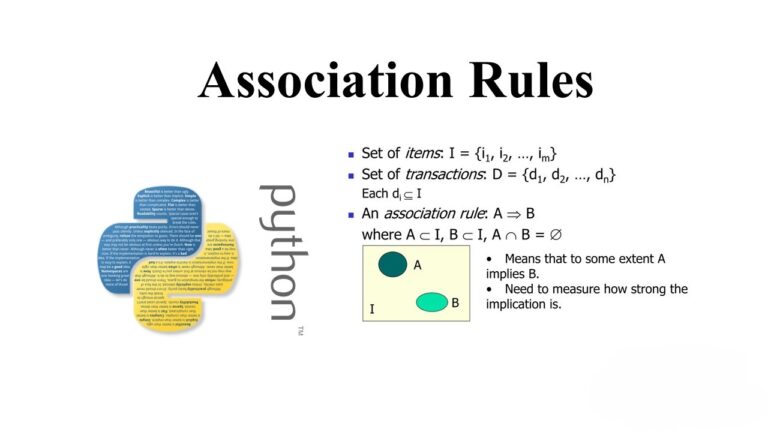One-Line Wonders: How Lambda Functions Make Python Effortless
Lambda functions, also known as anonymous functions, are a concise way to define small, unnamed functions in Python. Despite their compact size, lambda functions can be powerful and are often used in situations where a full function definition is unnecessary. In this exploration, we will unravel the mysteries of lambda functions, understanding their syntax, use cases, and their role in functions like map() and filter().
Anatomy of a Lambda Function
A lambda function is defined using the lambda keyword, followed by parameters and an expression. The syntax is as follows:
# Syntax of a lambda function
lambda arguments: expression
While a lambda function can take any number of parameters, it can only contain one expression. Let’s look at a simple example:
# Example lambda function
string = 'Pythonforlife'
# lambda returns a function object
print(lambda string: string)
The output of this code is a function object, not the actual result of the expression. The print statement merely returns the lambda function object and its memory address.
To actually execute the lambda function and get the result, we need to invoke it, as shown in the following example:
# Example lambda function invocation
x = "Pythonforlife"
# lambda is invoked with x as an argument, and the result is printed
(lambda x: print(x))(x)
This prints the string “Pythonforlife,” demonstrating how to use lambda functions in a practical setting.
Lambda Functions in map() and filter()
Lambda functions find common application in functional programming constructs like map() and filter(). These functions allow concise and expressive ways to perform operations on iterable objects.
Using Lambda with filter()
The filter() function filters elements from an iterable based on a given function. Lambda functions are often used with filter() to define the filtering condition. In the example below, a list of numbers is filtered to include only the even ones:
# Using lambda with filter
cogxta_number = [100, 2, 8, 60, 5, 4, 3, 31, 10, 11]
# Using lambda in filter to include only even numbers
filtered = filter(lambda x: x % 2 == 0, cogxta_number)
print(list(filtered))
The output is [100, 2, 8, 60, 4, 10], demonstrating that the lambda function filters out odd numbers.
Using Lambda with map()
The map() function applies a given function to all items in an iterable. Lambda functions are commonly used with map() to define the operation to be performed on each element. In the example below, a list of numbers is mapped to a list of boolean values, indicating whether each number is even:
# Using lambda with map
maped = map(lambda x: x % 2 == 0, cogxta_number)
print(list(maped))
The output is [True, True, True, True, False, True, False, False, True, False], where True represents even numbers, and False represents odd numbers.
In both cases, lambda functions enhance the expressiveness of the code by providing a succinct way to define conditions and operations within the filter() and map() functions.
Conclusion
Lambda functions in Python offer a concise and expressive way to define small, unnamed functions. Their application in functional programming constructs like map() and filter() adds to their versatility. While lambda functions may not be suitable for complex scenarios, they excel in situations where a short, one-time-use function is needed.
By understanding the syntax and use cases of lambda functions, Python developers can leverage this feature to write more readable and compact code. Whether you are filtering elements, transforming data, or performing other operations on iterables, lambda functions are a valuable tool in your Python programming toolkit.







